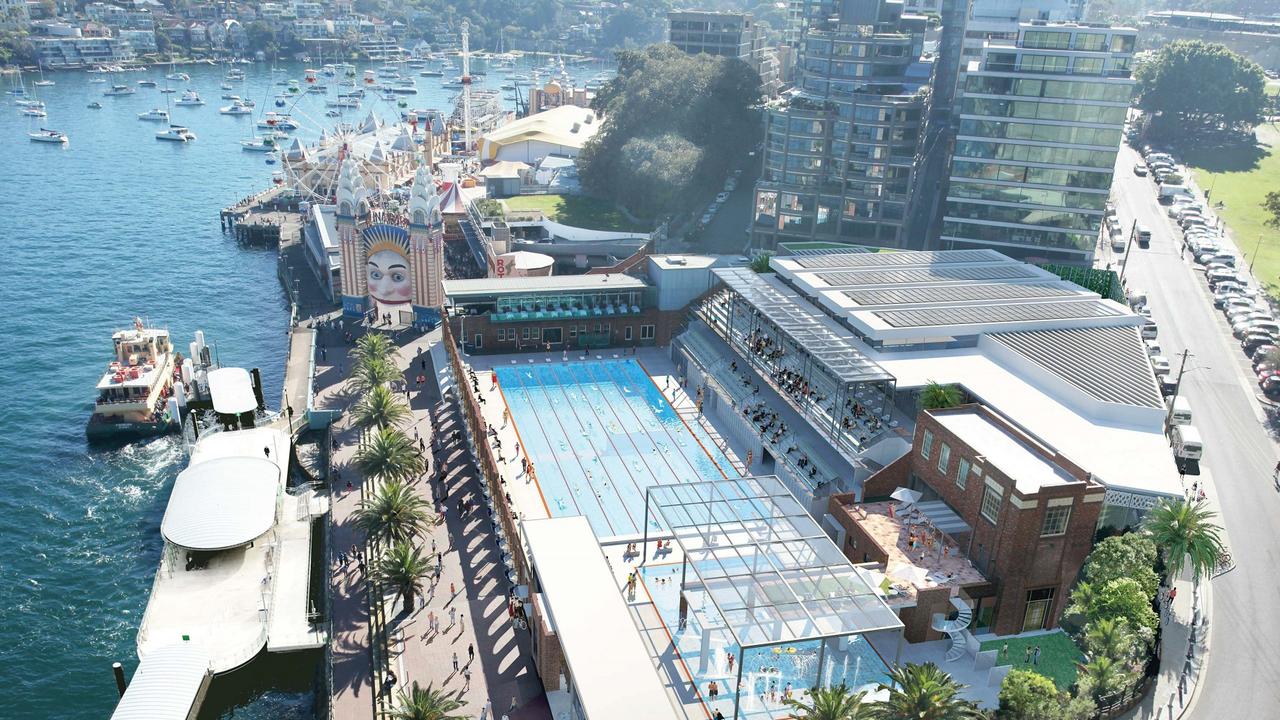It will be at least a year until Australians get some relief from the cost-of-living crisis, experts warn
Cash-strapped Aussies holding out hope for some cost-of-living relief this year are set to be disappointed.

Economy
Don't miss out on the headlines from Economy. Followed categories will be added to My News.
From the dollar recently falling to a near five-year low to social media posts about both the cost of eating out and grocery shopping consistently going viral, Aussies are desperate to know if the cost of living is going to ease up this year.
Are $34 fish and chips, a $28 eggs and smashed avocado breakfast or $7.50 small cappuccino going to continue to cause outrage, become the norm, or disappear?
At what point will we stop falling off our chairs at the sight of $6 Tim Tams or a $7 Cadbury chocolate block? And will mortgage borrowers get some interest rates relief?
The latest research on the mood of the nation reveals continued uncertainty about what lies ahead.
The latest Westpac-Melbourne Institute Consumer Sentiment Index slipped marginally in January, down 0.7 per cent to 92.1.
It revealed that Australians are less optimistic about their personal finances at the moment compared to this time last year.
“The consumer mood has soured for two months in a row and remains on the pessimistic side,” Westpac chief economist Luci Ellis said.
“However, sentiment is still less negative than a year ago and some components suggest that consumers expect things to continue to improve from here.”
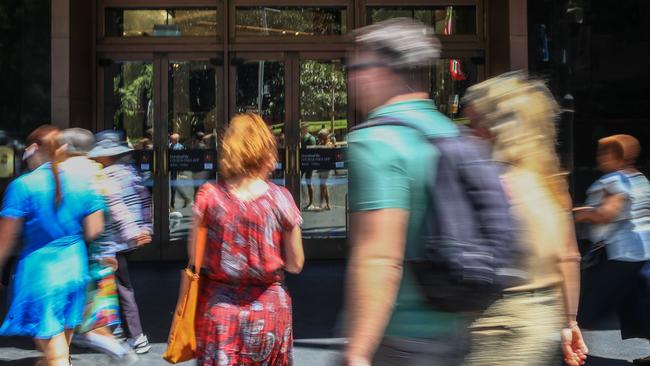
A driver of that somewhat rosier outlook is continued progress being made in the war on inflation.
The Reserve Bank’s aggressive efforts to bring the red-hot consumer price index back from its peak of 8.1 per cent to within a two to three per cent target range have succeeded.
The latest figures for November were released earlier this month and showed inflation rose 2.3 per cent in the year, up marginally from October’s reading of 2.1 per cent.
“The combination of efforts by the government to limit energy costs and the continual easing of inflationary pressures across the world means that inflation is now firmly within the Reserve Bank’s target range,” The Australia Institute’s chief economist Greg Jericho said.
“The November figures highlight inflation is no longer the great concern it was 18 months ago.”

Economy ‘struggling’ amid big challenges
The worst of the post-pandemic inflationary surge now looks to be in the rearview mirror, Deloitte Access Economics partner Cathryn Lee agreed.
But the national economy is struggling beneath the weight of “deepening” challenges that threaten to “further erode living standards”, Ms Lee warned.
“These structural challenges largely exist on the supply-side of the economy, which consists of three key drivers – population, participation, and productivity,” she said.
“Right now, all three are in focus.”
Back in 2019, before the pandemic wrought havoc on the world, Australia’s economic growth rate sat at a “miserly” 1.8 per cent, marking the slowest rate of growth since 1991.
“Almost five years on, and for all the disruption caused by the pandemic, a lot feels the same,” Ms Lee said.
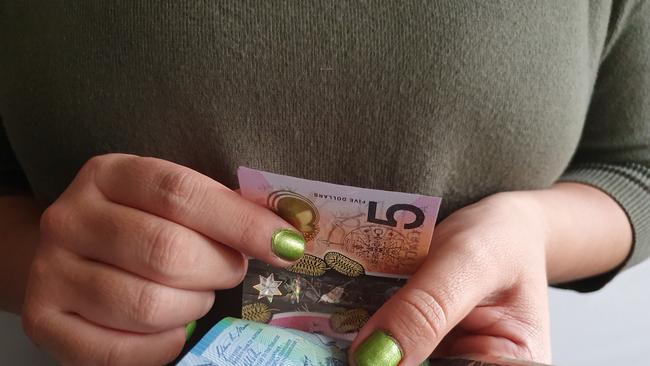
In Mr Jericho’s view, the economy is “barely staying out of recession” – and only because of government spending and population growth.
“There is no heat in the economy, no demand pressures that need to be restrained,” he said.
“Since the middle of 2022, around half of the increase in cost of living for households has been due to rising mortgage repayments … [and] that cost has led to a slowing Australian economy.
“It is well past time for the RBA to cut rates.”
Relief unlikely for at least a year
Economist Saul Eslake said cost of living pressures would persist for “at least” 2025 and continue into 2026.
“Over the last two and a bit years, real household disposable income per capita in Australia has fallen by 3.2 per cent,” Mr Eslake told Sky News.
“That’s by way of stark contrast with the United States, for example, where the same measure has gone up by 3.5 per cent.
“In the UK, it’s gone up by 2.3 per cent. In the euro zone, it’s gone up by 1.3 per cent. In Canada and New Zealand, it’s fallen, but not by as much as it has in Australia.”
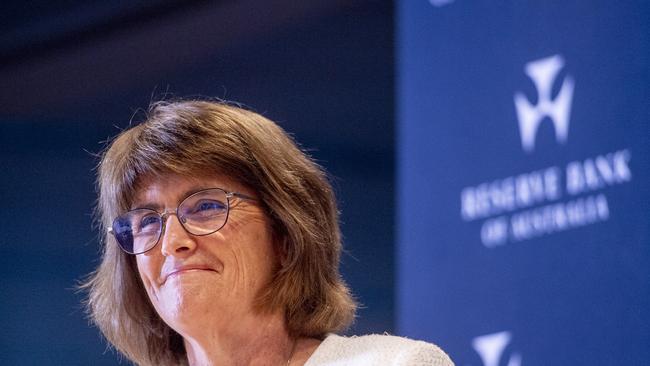
Mr Eslake said that information reflected “a combination of things” including the impact of higher inflation on people’s wages and salaries, the impact of the increase in interest rates, and that the tax take has continued to increase, “taking a bigger bite out of people’s earnings”.
He added: “The only sustainable source of improvement in Australia’s material living standards is going to have to be doing something about our abysmal productivity performance.”
Mr Eslake said that information reflected “a combination of things” including the impact of higher inflation on people’s wages and salaries, the impact of the increase in interest rates, and that the tax take has continued to increase, “taking a bigger bite out of people’s earnings”.
He added: “The only sustainable source of improvement in Australia’s material living standards is going to have to be doing something about our abysmal productivity performance.”

Treasurer Jim Chalmers told The Australian in and end-of-year interview that 2025 would be better than 2024.
“A lot of Australians who’ll be pleased to see the back of 2024 can now be a bit more optimistic about the future,” Dr Chalmers said.
He added: “The worst of the inflation challenge is behind us – it’s not mission accomplished by any means and we’re not getting carried away, but better days are ahead.”
NAB Group CEO Andrew Irvine also presented an optimistic view for 2025 earlier this month, with the bank predicting a total of three interest rate cuts for 2025.
“It’s my view that we’re at the hardest point of the economic cycle right now and things will get better from here,” he said.
However, Mr Irvine noted pressure would remain on household finances until later in the year.
But Shadow Treasurer Angus Taylor has argued “there is absolutely no reason for optimism under the Albanese Labor Government this year”.
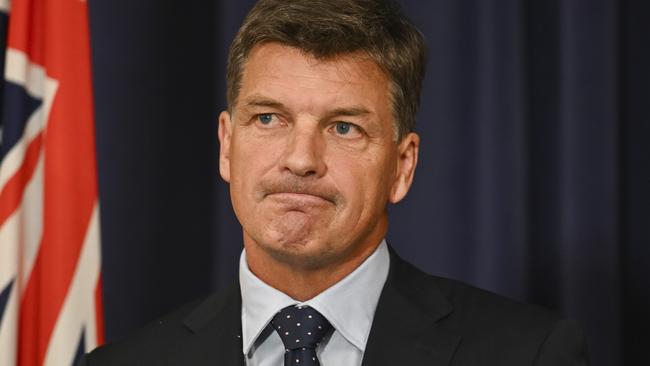
Many Aussies battling to hang on
Australians are suffering through the “largest collapse in living standards on record”, Mr Taylor told news.com.au, leaving them with less money to spend on the things they need and want.
“It was a tough Christmas for so many families who are struggling to pay their mortgages, their electricity bills, insurance premiums and groceries,” Mr Taylor said
“An increasing number of Australians are having to make difficult decisions in order to keep a roof over their head and feed their families.
“They’re working more hours or taking on a second job which means less precious time spent with the kids.
“Many are taking fewer family holidays, enjoying less meals out, pulling the kids out of sport, cancelling their health insurance and even putting off trips to the doctor.”
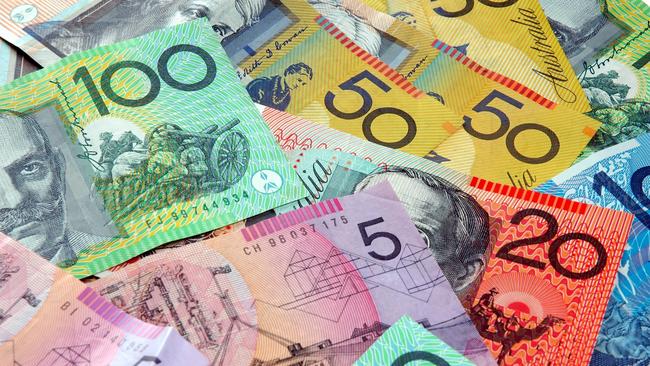
Mr Taylor said “the reality” was Australians would continue to feel the pain of the string of rate rises in 2022 and 2023 “for many years to come” and that there is “no relief in sight”.
He referred to an analysis that shows that per-capita living standards won’t recover from pre 2021-22 levels until at least the 2029-30 financial year.
“Sadly, this will be a lost decade for so many Australian families who are really struggling to make ends meet,” he said.
Aussie dollar falls to Covid low
The Australian dollar fell sharply to a near-five-year low last week briefly hitting 61.84 US cents during Thursday morning’s trading. Its last low was 61.85 US cents on April 7, 2020. The AUD also fell against the pound.
A falling Aussie dollar is bad news for travellers and those buying products from overseas, but is a positive for Australian exporters with goods and services becoming relatively cheaper.

AMP chief economist Shane Oliver told NewsWire that if the trend continues, it could impact the RBA’s next rate decision.
“Imports account for between 10 to 15 per cent of the (consumer price index), so it can have a significant impact,” Dr Oliver said.
“It means every fall in the Aussie dollar by 10 per cent adds 0.1 to 0.15 per cent to inflation.
“If it keeps falling from here – say 20 per cent since the start of 2024 – it could have an impact on the RBA’s decision.”
Mortgage borrowers are hoping this year there will finally be a cash rate cut and they will get some interest rate relief when the RBA board meets in mid-February.
ANZ, NAB and Westpac economists are all expecting a 25 basis-point cut at the May meeting and Commonwealth Bank’s economists team predict the first rate cut will come in February.
Originally published as It will be at least a year until Australians get some relief from the cost-of-living crisis, experts warn




